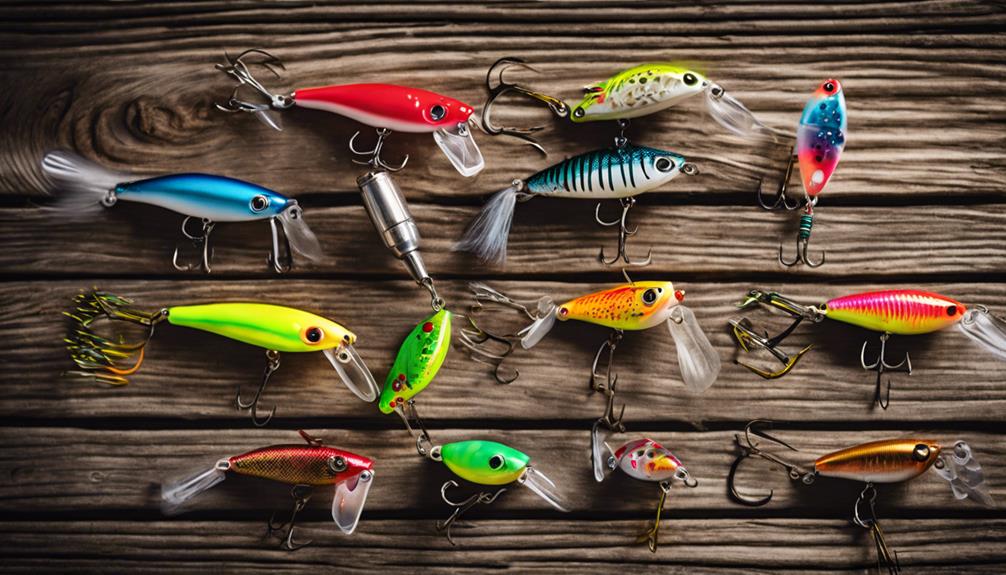Crabbing is a popular and enjoyable activity for many seafood lovers and outdoor enthusiasts. However, before you dip your pots and traps into the water, an important question arises: do you need a crabbing license? This article will cover everything you need to know about crabbing licenses, the regulations that govern crabbing in different areas, and tips for responsible crab harvesting.
Understanding Crabbing Licenses and Regulations
The necessity of a crabbing license can vary significantly depending on the state or region where you plan to crab. In many places, a crabbing license is required for recreational crabbers, while some regions may allow you to crab without one under specific conditions. It is essential to check the local regulations in your area to understand whether a license is necessary. Some states issue specific recreational crab licenses, while others may have different permits based on the type of crab you are targeting.
Why You Need a Crabbing License
Obtaining a crabbing license serves several purposes. First and foremost, it helps regulate the crab population and ensures sustainability. By requiring licenses, wildlife agencies can monitor the number of recreational crabbers and collect data on crabbing practices. This information is crucial for managing crab populations and ensuring that future generations can also enjoy crabbing. Additionally, having a license may protect you from fines or penalties associated with illegal crabbing practices, which can be significant.
Types of Crabbing Licenses
There are generally two types of crabbing licenses: recreational and commercial. A recreational crabbing license is designed for individuals who crab for personal consumption. These licenses often come with specific limits on the number of crabs you can catch and may stipulate particular seasons or areas for crabbing. Conversely, a commercial crabbing license is required for those who intend to sell their catch. This type of license usually comes with stricter regulations, including higher fees and specific reporting requirements.
How to Obtain a Crabbing License
Acquiring a crabbing license is usually a straightforward process. Most states allow you to apply for a crabbing license online, via mail, or in person at designated locations like sporting goods stores or wildlife offices. The application process typically involves filling out a form and paying a fee. In some cases, you may need to provide proof of residency or age. Always check the specific requirements in your state to ensure you have all necessary documentation to avoid delays.
Crabbing Limits and Regulations
Once you have your crabbing license, it’s crucial to familiarize yourself with the local regulations regarding crabbing limits. Most states impose daily catch limits to promote sustainable fishing practices. These limits can vary based on the species of crab, size, and the time of year. Additionally, some regions may have specific restrictions on the types of gear you can use, such as traps, pots, or nets. Understanding these regulations is key to ensuring that you are crabbing legally and responsibly.
Consequences of Crabbing Without a License
Crabbing without a proper license can lead to serious consequences. Wildlife enforcement agencies frequently patrol popular crabbing areas to ensure compliance with regulations. If you are caught crabbing without a license, you could face hefty fines, confiscation of your gear, and even potential criminal charges in severe cases. Moreover, illegal crabbing practices can contribute to overfishing and habitat destruction, which can harm the crab population and the ecosystem as a whole.
Best Practices for Sustainable Crabbing
To ensure that you are crabbing responsibly, follow best practices for sustainable crabbing. Always adhere to catch limits and size regulations, and avoid crabbing in areas that are known to be overfished. Consider using biodegradable traps to minimize environmental impact, and always check local regulations for guidelines on the types of bait and gear allowed. Additionally, educate yourself about the local crab species and their life cycles to make informed decisions about when and how to harvest.
Conclusion: The Importance of a Crabbing License
In conclusion, whether you’re a novice or an experienced crabber, understanding the necessity of a crabbing license is crucial for enjoying this rewarding activity legally and sustainably. By obtaining the proper licenses and adhering to local regulations, you can contribute to the preservation of crab populations and ensure that crabbing remains a beloved pastime for years to come. So, before you venture out for your next crabbing trip, make sure you ask yourself: do you need a crabbing license? If the answer is yes, take the necessary steps to get one. Happy crabbing!
—
By following these guidelines and ensuring compliance with local regulations, you can enjoy the thrill of crabbing while also protecting the environment and supporting sustainable fishing practices.
